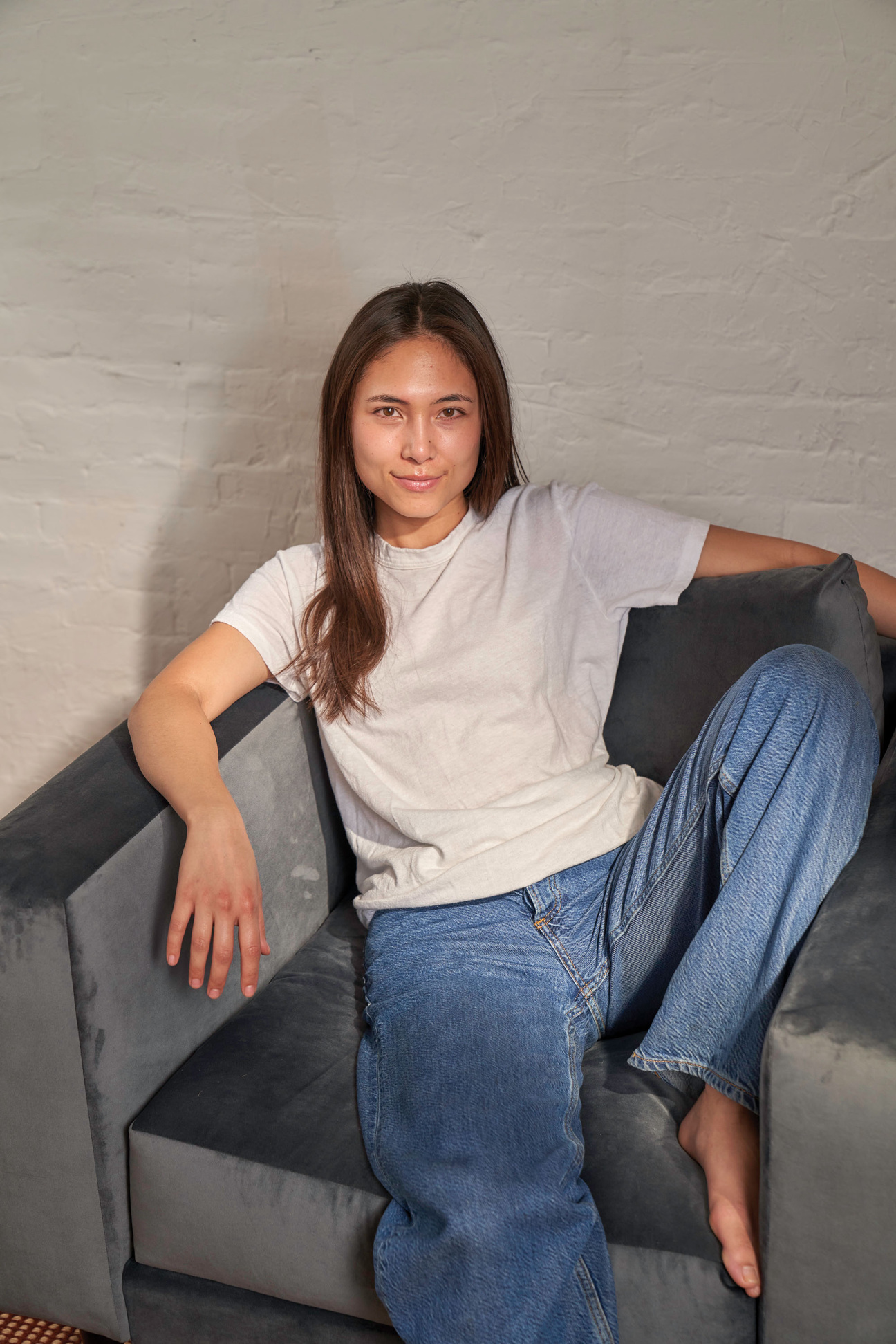
“People feel very emotional about their couches,” Phantila Phataraprasit, a designer, co-founder of furniture company Sabai, and the Sustainable Furnishings Council’s youngest board member, told me recently.
One of the elements I’ve always found crucial in my personal collecting journey is furniture. The wrong furnishings can quash an artwork, while the right ones can allow you to see it even more clearly. With that in mind, who better to speak to for the second installment of “In the Know” than Phantila, who I’m lucky enough to call a friend?
Six years ago, Phantila was a Columbia grad frustrated by the lack of sustainable furniture options within her budget. Unlike most of her ecologically-conscious peers, however, she took it upon herself to start a company that would rectify the problem. Made in factories in North Carolina, South Carolina, Tennessee, and Michigan using non-toxic materials like recycled and upcycled fibers and FSC-certified wood, Sabai (a Thai word that means cozy, comfortable, and easy) sells everything from side tables to love seats that make a subtle statement.
Below, I chat with Phantila about how people relate to the pieces in their home, whether that be the art on their walls or the couch that sits below it. We touch on navigating the business landscapes of our respective fields—and where we see the future of them going from here.
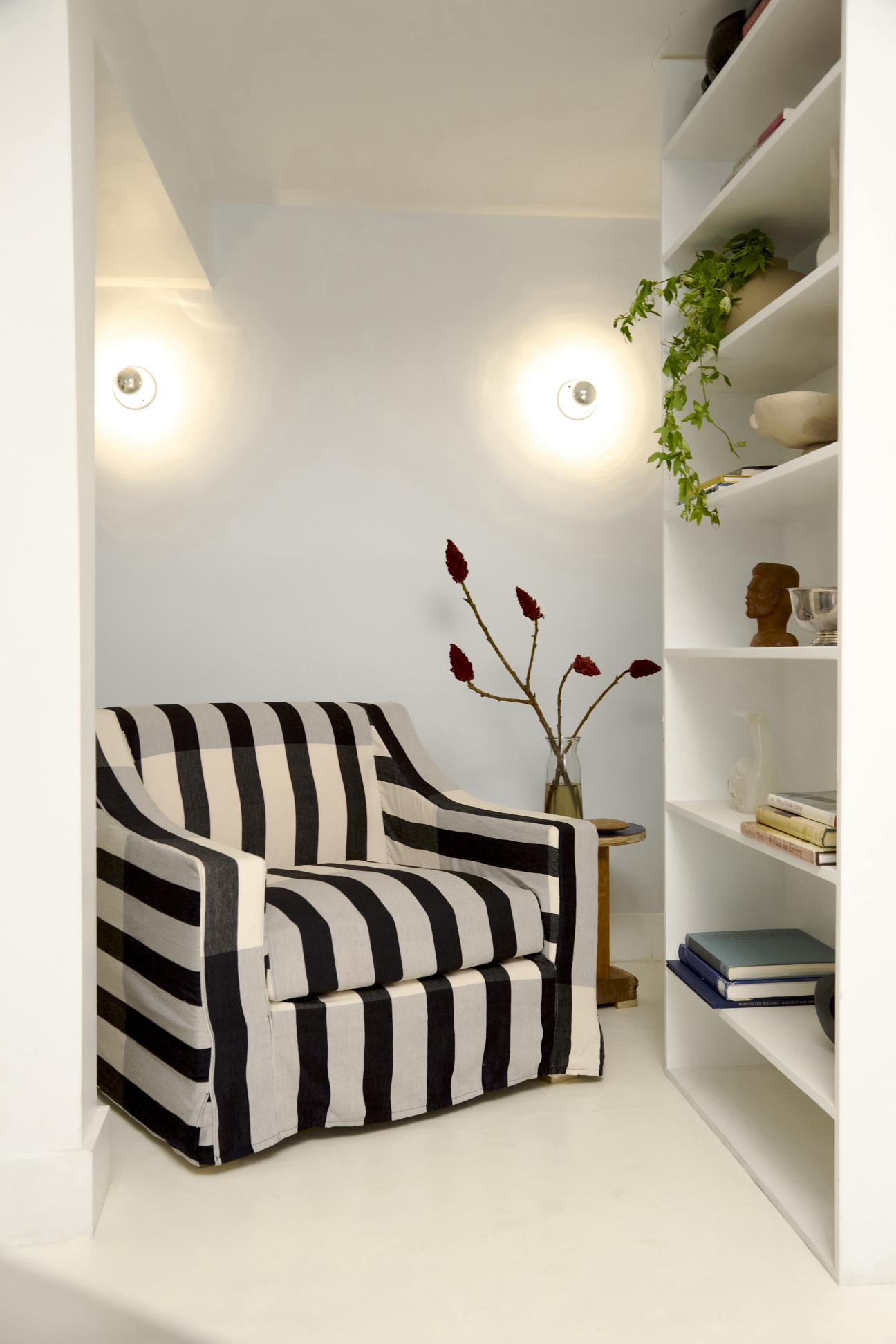
Walk me through the beginning of Sabai and what you were inspired by.
I came to the idea of Sabai from recognizing that our generation cares more about sustainability, whether that’s because we’re going to be impacted by climate change or because we care about our health. We wanted to provide an answer in the domestic realm because we’d seen this play out in other industries, whether it’s with clothing, food, or whatnot, but I didn’t feel like there was an answer within the furniture space for the next generation.
I love that you’ve created something that not only has all those qualities but is also at the price point where anyone from college kids to adults can feel like they’re buying a well-made, proper piece of furniture. Did you build that accessibility into your ethics when you were thinking about the company?
It’s part of our ethos to make our pieces as accessible as possible, to make the sustainable alternative something as many people as possible can go for. By creating products that are high quality, durable, and beautiful, we hope to make design more accessible to people through our company.
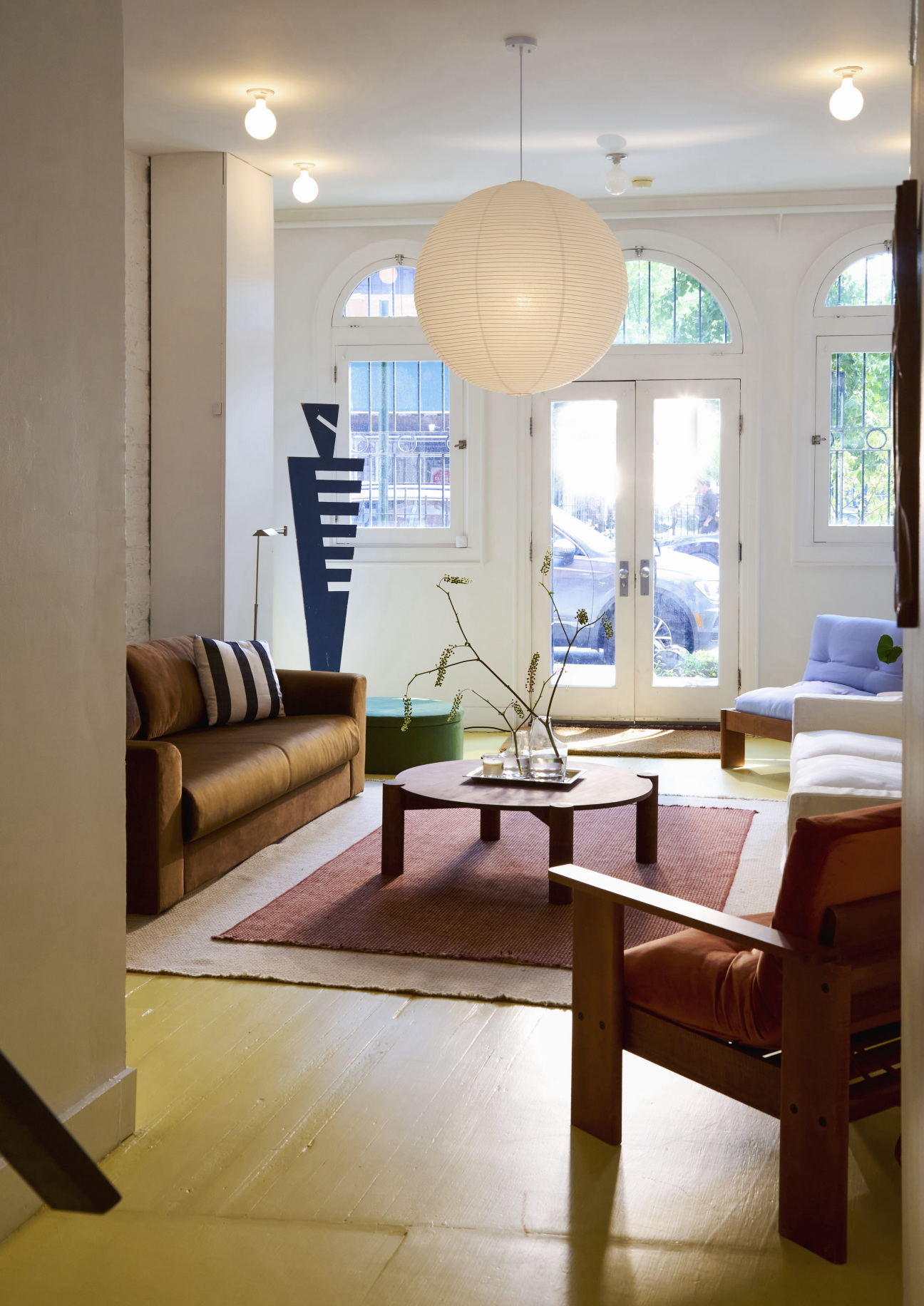
A big part of what I hope to do through this column, and in the art world in general, is to create spaces where everyone feels like they can enter in a beautiful and meaningful way. This coincides with the need for furniture to showcase art, especially in domestic spaces. The art world can be hard to break into, and it’s hard to navigate. Is the design world similar? Besides CB2 and IKEA and these kinds of mainstream furniture places, many people don’t know where to start when it comes to designing a space. How are you navigating reaching the next generation so they know that options like this exist?
With art, sometimes people are like, “I don’t know what’s good,” “I don’t know what my taste is,” etc. The same goes for furniture when you are met with this blank space. I often hear that people get overwhelmed when trying to buy furniture. There are just so many options out there. They don’t know how things go together. They don’t even know from a material standpoint what to get, so there is that mental hurdle regarding accessibility that’s similar between the two worlds. Furniture is fun because there’s more room to play in terms of vintage pieces, whether it’s Facebook Marketplace or Craigslist. It is fun that vintage furniture and buying secondhand is becoming more of an interest to people. I always try to think about how our furniture can live with those vintage pieces. We try to make our pieces as timeless as possible while being distinctive to our brand. They can live in many different spaces, and we aren’t creating waste that people want to replace every few years.
Obviously, vintage furniture is in the collectible space in some capacity, especially if it’s on the higher end but the reality is that any piece of furniture you buy becomes part of your collection. It’s important to apply the same considerations that you would with art. When you acquire work from a young artist, it doesn’t mean that it’s not as valuable as an artist that may be established, it just holds a different place in your collection. Also, a lot of furniture is made with incredibly toxic material, similar to fast fashion. Many furniture companies don’t seem to focus on sustainability. What’s your perspective on that? And what intel do you have about people moving towards a similar model in the future?
There aren’t many people like us, which is why we started the company. I’m also on the board of the Sustainable Furnishings Council. From an industry standpoint, we’re pushing the industry forward to implement more sustainable practices. We work with vendors that are introducing new materials that are natural, durable alternatives, and we’re the first customers who are taking this material on, trying it out, and implementing it commercially. We’re currently working on introducing bio-leather, which is a cactus leather, into our seating collection, so we’re taking up the mantle there, but people are catching on. From a customer standpoint, we see how passionate people are from the demand side and are asking tons of questions. So that pushes companies to implement new practices. Frankly, when things get tougher financially and budgets get cut, I would say sustainability is one of the first things to go. I see that from the industry side, whether it’s dropping practices or dropping membership in a coalition such as the Sustainable Furnish Council.
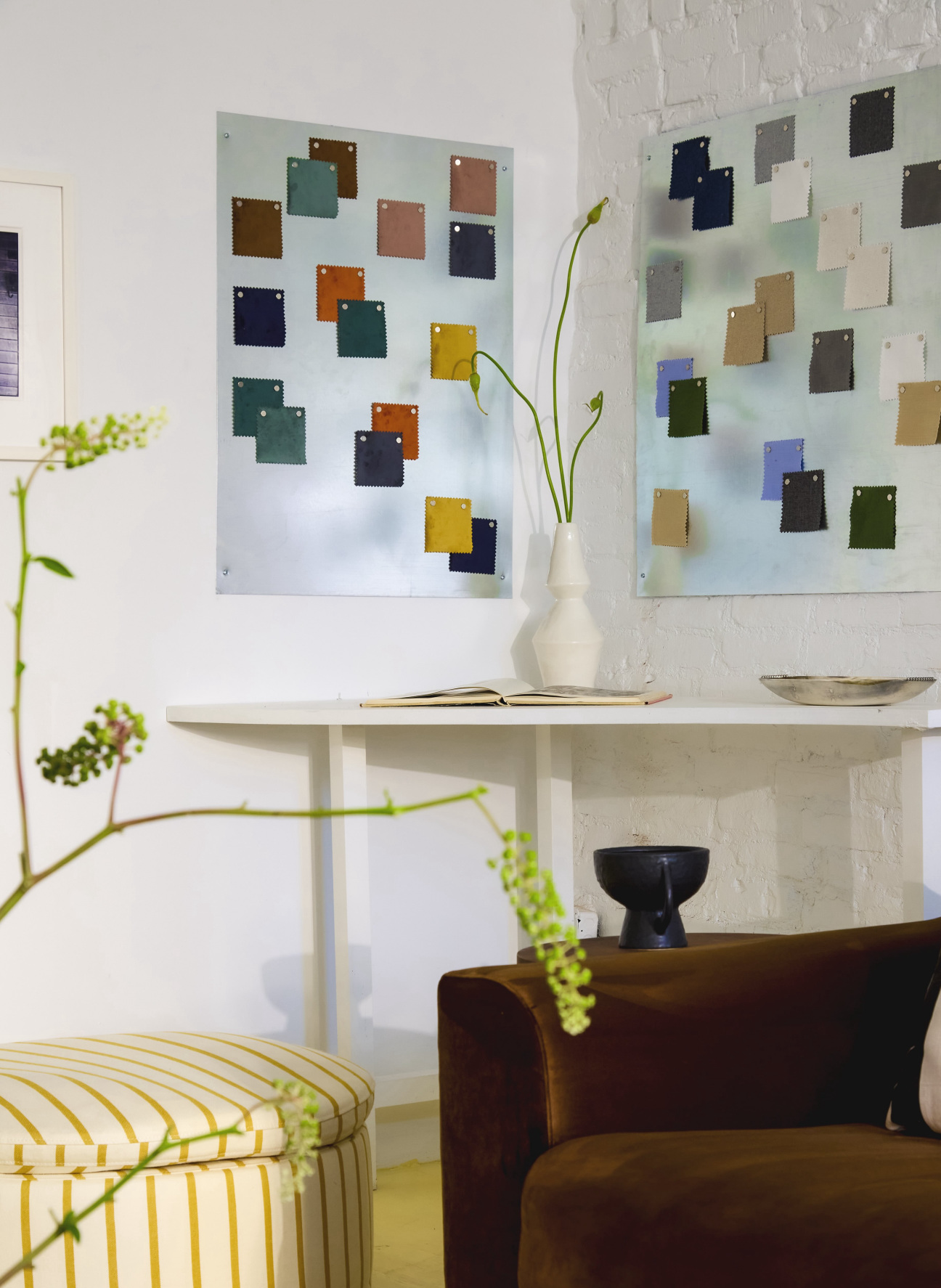
When I visited your showroom this summer, it was like a lived-in space. From the minute you walked in, there was art on the wall. You work with local artists, have your furniture set up like a living room, and have custom furniture in there that highlights other creators as well. I’m curious to hear your perspective on that and where your head was in terms of building it.
When you’re building out a store, you have to decide on the impression you want to give the people who come into the space. This showroom feels like a home or a gallery where I’m appreciating each piece, engaging with our team, and speaking to them about what it would look like in my home. You’re not walking out of there with a piece of furniture right away. It’s not an impulse purchase. I wanted to ensure that it felt warm and inviting and didn’t feel overwhelming. I wanted to alleviate that stress. As a brand, especially one that is focused on sustainability, there’s always this inherent dissonance around, “Okay, we are a brand that is selling new products, but we also care about the planet and our impact: How do we do both?”
You mentioned you worked with a local artist to put small sculptures and a big painting in the showroom. Can you tell me more about that?
We worked with a local vintage dealer who sourced a lot of the vintage objects and art for the space. They’re not Sabai-produced pieces, but we’re partnering with them to give them a physical space to be showcased and purchased by our customers. We also worked with a friend who is an interior designer, Noah Ruttenberg, to design the space and design the dining table in the back area that I’m obsessed with. We’re talking about doing a collaboration together down the line because people have been so excited about that piece. In addition to that, we have a few other pieces in there as well. One is a side table from another local craft studio called Skilset, and then almost everything else was sourced secondhand. We wanted to make sure that our choices in the space reflect our values.
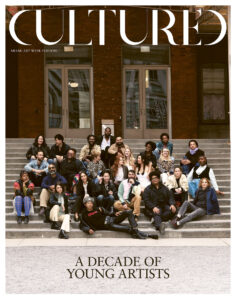
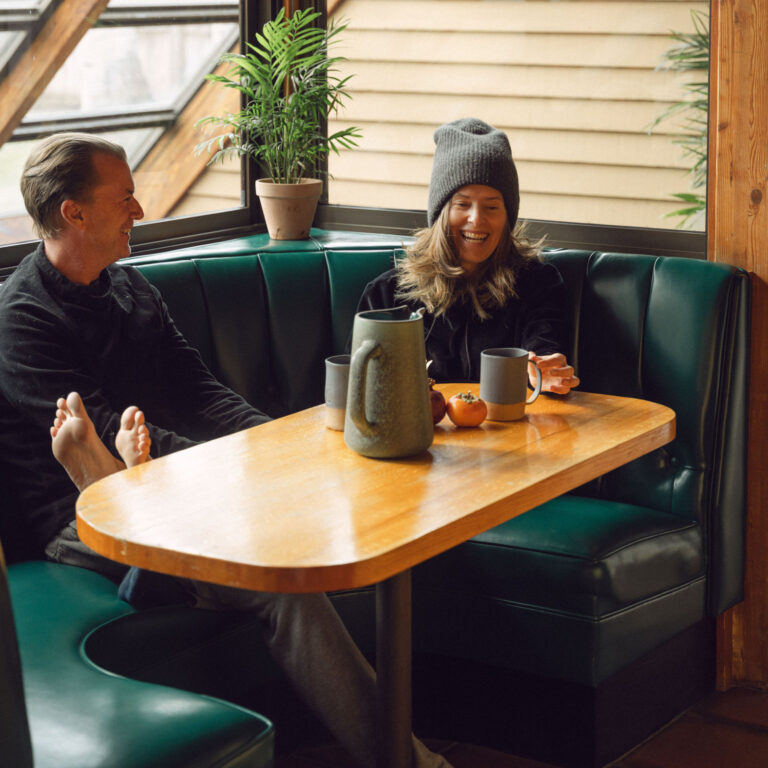
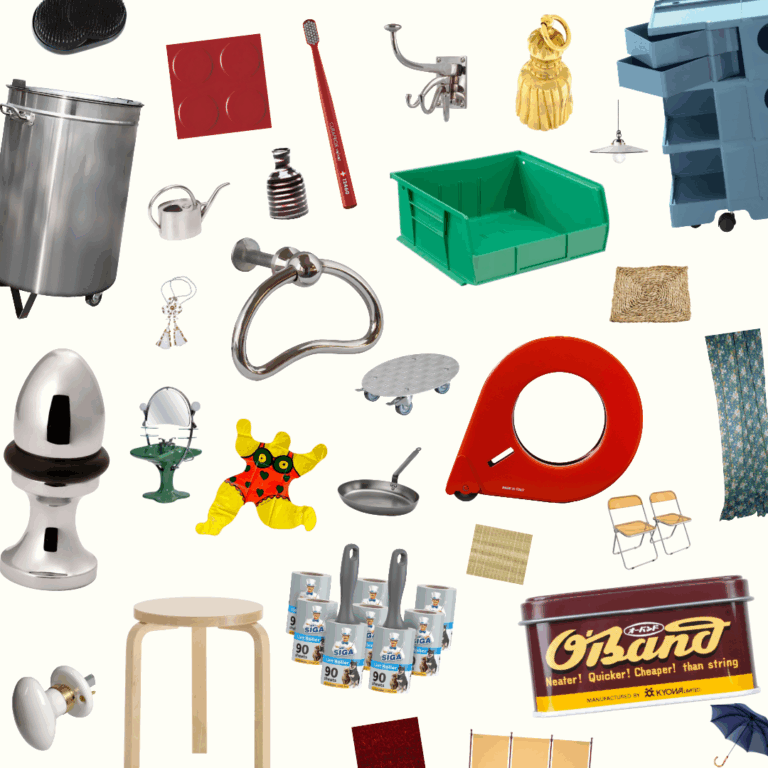
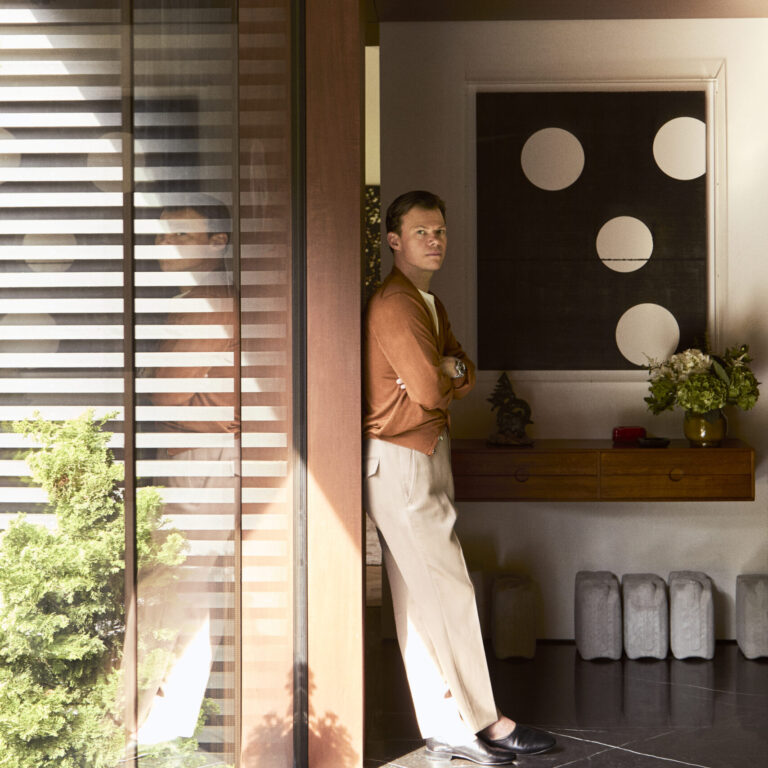
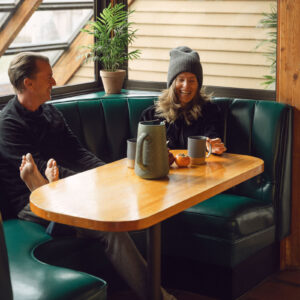
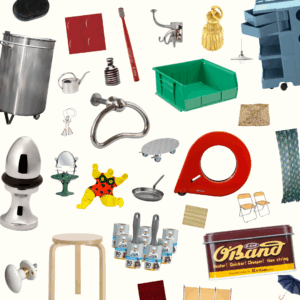
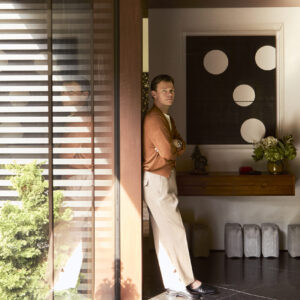

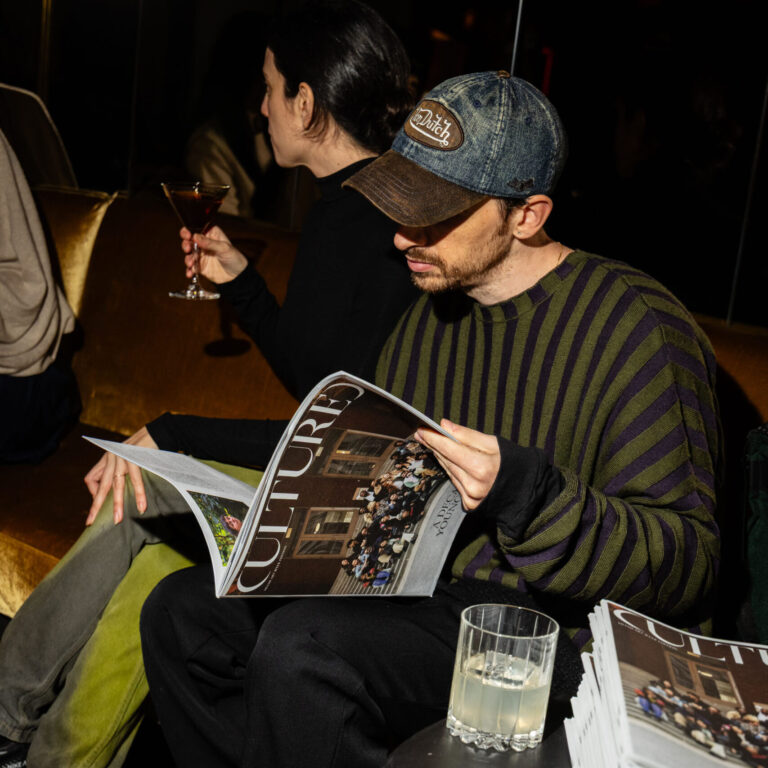

 in your life?
in your life?

